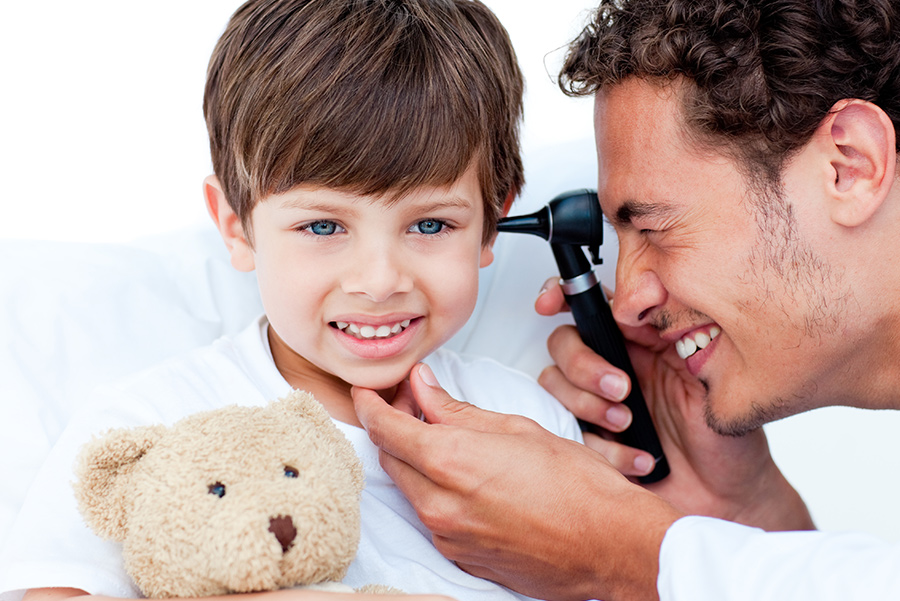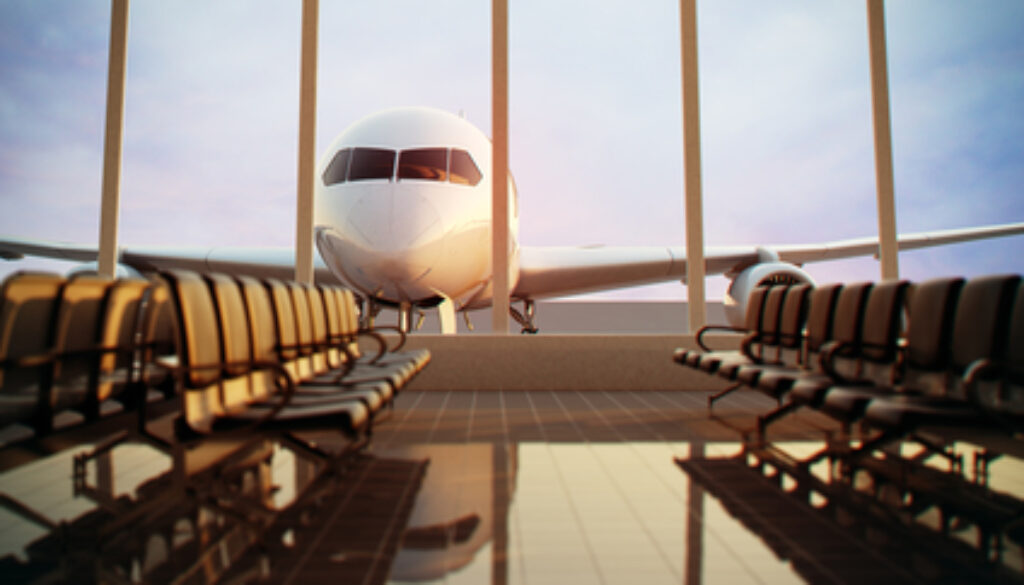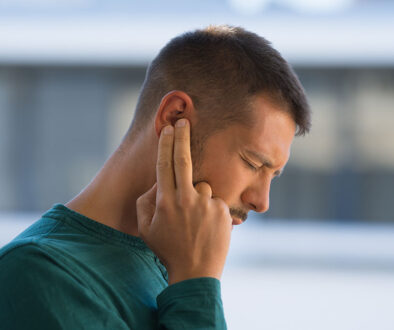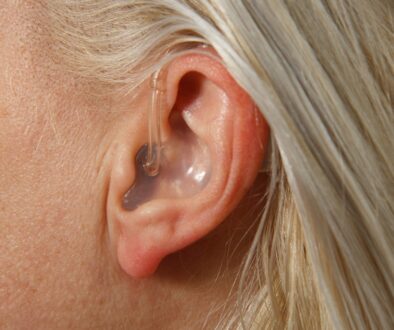Is It Safe to Fly With an Ear Infection?
As if flying weren’t enough of a pain. It’s stressful dealing with delayed flights, long security lines and lost luggage — not to mention the passenger beside you who always hogs the arm rest. Add an ear infection and your misery is compounded.
We all know that the takeoff, landing and pressurized cabin make your ears uncomfortable, but what if you have an infection? Will flying with an ear infection damage your hearing?
We’ve got the answers. First, to fully understand how altitude affects your ears, it helps to know what normally happens when you’re at a cruising altitude of 30,000 feet.
Why do your ears pop on planes?
The Eustachian tube is a narrow canal —about the size of a pencil lead—that connects the middle ear to the back of the nose. Its purpose is to equalize ear pressure, ensuring that the pressure within the middle ear is the same as outside.
Your ears pop when a small bubble of air enters the back of the nose, travels through the Eustachian tube and enters the middle ear. This air is then absorbed by the middle ear’s lining, equalizing the pressure.
When the pressure isn’t equalized, flyers experience pain and, in some cases, temporary hearing loss. This discomfort is common when there’s a rapid change in ear pressure, usually resulting from scuba diving, driving through high mountains or flying.
A swollen or blocked Eustachian tube makes it difficult for your ears to equalize pressure. When the tube is blocked, it creates a small vacuum that stretches the eardrum. If the tube remains blocked, fluid collects in an attempt to overcome the vacuum and alleviate pressure.The result is called serous otitis or aero-otitis.
What causes a blocked Eustachian tube?
There are several reasons your Eustachian tube may become blocked. Only a local ear, nose and throat doctor can make an accurate diagnosis. However, some of the most common reasons are:
- Colds
- Sinus infections
- Nasal allergies
- Nasal blockage
- Ear infections
- Structure of the Eustachian tube—children have narrower and straighter tubes than adults, which makes it difficult for fluid to drain
Is it safe to fly with an ear infection?

If at all possible, it’s best to avoid flying when you or your children have an ear infection or a sinus infection. These block the Eustachian tubes, placing additional pressure on the eardrum.
Whenever there is continual, increased pressure on the eardrum, it can rupture.
While flying with an ear infection doesn’t always result in a ruptured eardrum, it can be very painful and uncomfortable.
Symptoms of a ruptured eardrum include:
- Bloody or clear drainage from the ear
- Pus coming from the ear
- Severe earache or discomfort
- Noise or ringing in the ears
- Hearing loss in the affected ear
- Dizziness
- Facial weakness
A warm compress or over-the-counter medicines can treat pain from a ruptured eardrum. While it often heals on its own within two months, it’s important to see our ear, nose and throat physicians for a complete evaluation to ensure that your hearing hasn’t been permanently damaged.
What should I do if I have to fly with an ear infection?
Your first priority should be to get a later flight to give yourself a chance to recover. However, that’s not always possible, and sometimes flying with an ear infection is unavoidable. If so, we recommend the following:
VISIT AN EAR, NOSE AND THROAT PHYSICIAN BEFORE BOARDING THE PLANE
Before you board that flight at the Raleigh-Durham airport, make sure our physicians evaluate your condition.
If the problem is caused by bacteria, and not a virus, your doctor can prescribe antibiotics to help. The sooner you see one of our doctors, the sooner the situation can be alleviated.
We’ll also tell you if over-the-counter decongestants would be a suitable option.
RE-EVALUATE WHAT’S IMPORTANT
Of course, we understand that you have to get back to the office or that you’ve planned this vacation all year. However, if you’re prone to ear infections, do you even want to take the chance that you might have permanent hearing damage from a ruptured eardrum?
Your hearing is a precious gift. While a ruptured eardrum will eventually heal, it’s an extremely painful condition.
Do what you can to avoid “airplane ear”
Regardless of whether or not you have an ear infection, no one likes that feeling of “fullness” in your ears during takeoff and landing. Following are some tips to help you avoid “airplane ear.”
- Swallowing
Swallowing opens the Eustachian tubes. Chewing gum and sucking on hard candies prompt you to swallow more often. Try them before takeoff and during descent. - Yawning
Yawning also opens the Eustachian tubes and is actually more effective than chewing gum. - Staying awake
You don’t swallow as often when you’re asleep, so be sure to stay awake during takeoff and landing.
- Using decongestants
Once you’ve landed (or before you takeoff) use decongestants and nasal sprays to help open these passages. Our ear nose and throat physicians will be happy to explore which options would be best for you.
An ear infection can hamper any vacation or interfere with business travel. If you have an upcoming flight that you can’t reschedule and you’re showing the symptoms of an ear infection, see one of our ear, nose and throat physicians as soon as possible.
Raleigh Capitol Ear, Nose, and Throat is the area’s premiere physician-owned ENT practice with six convenient locations throughout Wake County. Our board-certified physicians have extensive experience in treating both common and complex cases to help adults and children alike. We offer six local ENT offices throughout Raleigh, Cary, Garner and Wake Forest. For more information or to schedule an appointment, contact us.




